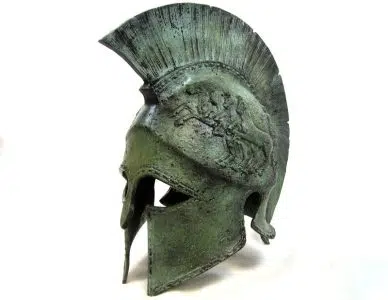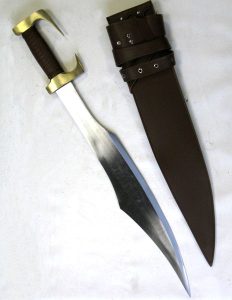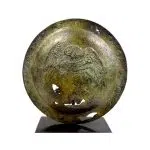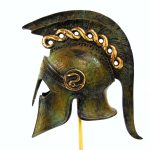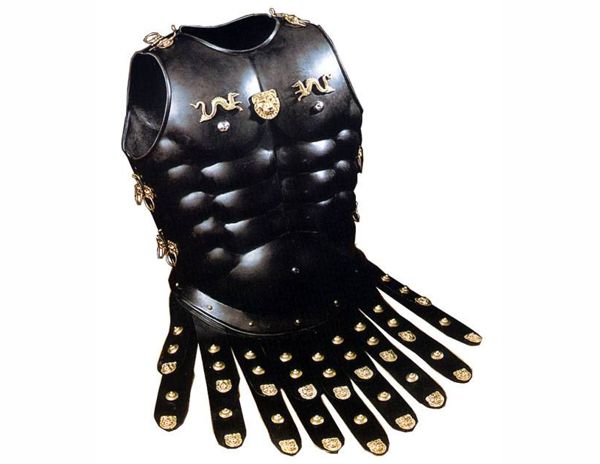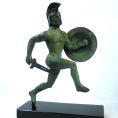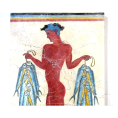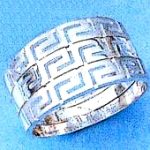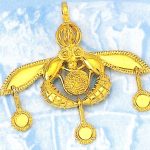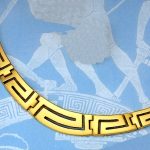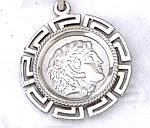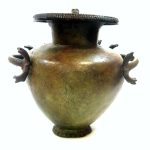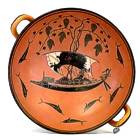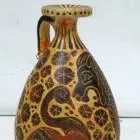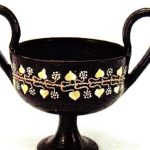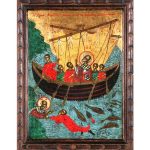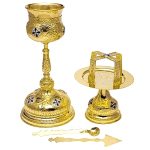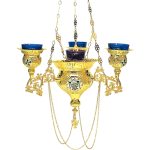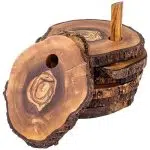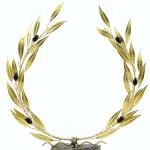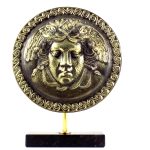Hoplites in Alliance
Hoplites were initially a solution to the armed clashes between independent city-states. As Greek civilization found itself
confronted by the world at large, particularly by the Persians, the emphasis in warfare shifted. Confronted by huge numbers of
enemy troops, individual city-states could not realistically fight alone.
During the Greco-Persian Wars (499–448 BC), alliances between groups of cities (whose composition varied over time) fought against the Persians. This drastically altered the scale of warfareand the numbers of troops involved.

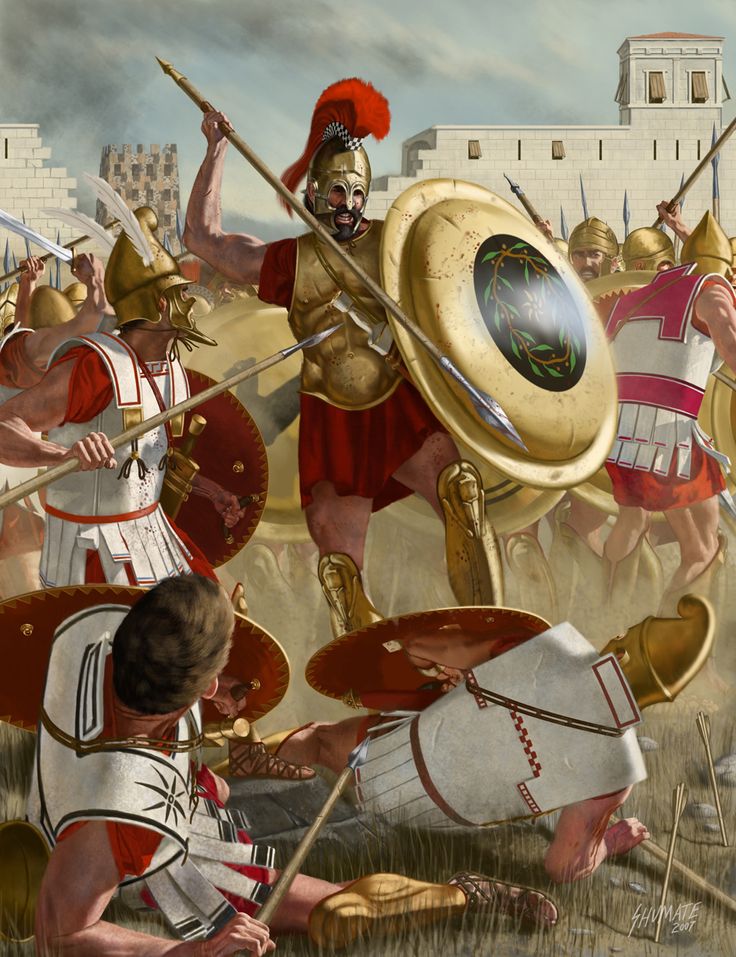
The hoplite phalanx (in both arms and armour) proved itself far superior to the Persian infantry at such conflicts as the Battle of
Marathon, Thermopylae, and the Battle of Plataea.
During this period, Athens and Sparta rose to a position of political eminence in Greece, and their rivalry in the aftermath of the Persian wars brought Greece into renewed internal conflict.
However, the Peloponnesian War was on a scale unlike conflicts before. Fought between leagues of cities, dominated by Athens and Sparta respectively, the pooled manpower and financial resources allowed a diversification of warfare.
Evolution of Warfare
Hoplite warfare was in decline; there were three major battles in the Peloponnesian War and none proved decisive. Instead there was increased reliance on naval warfare, skirmishers, mercenaries, citywalls, siege engines, and non-set piece tactics.
These reforms made wars of attrition possible and greatly increased the number of casualties. In the Persian war, hoplites faced large numbers of skirmishers and missile-armed troops, and such troops (e.g. Peltasts) became much more commonly used by the Greeks during the Peloponnesian War.
As a result, hoplites began wearing less greek body armour, carrying shorter greek swords, and in general adapting for greater
mobility; this led to the development of the ekdromoi light hoplite.


Each is 6m (18ft.) long.
Late on in the hoplite era, more sophisticated tactics were developed, in particular by the Theban general Epaminondas.
These tactics inspired the future king Philip II of Macedon, at the time a hostage in Thebes, in the development of
new kind of infantry – the Macedonian Phalanx.
Although clearly a development of the hoplite, the Macedonian phalanx was tactically more versatile, especially used in the combined arms tactics favoured by the Macedonians.
These forces defeated the last major hoplite army, at the Battle of Chaeronea (338 BC), after which Athens and its
allies joined the Macedonian empire.
Discover more about the Greek Culture on the website of the greek art shop Hellenic Art.
Source: https://philbancients.blogspot.gr

